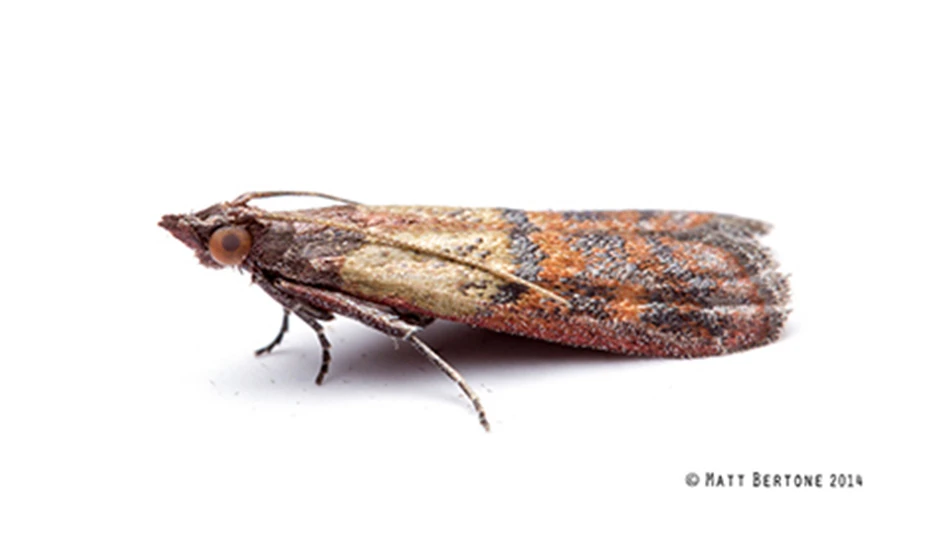
Photo courtesy of Matt Bertone, NCSU
This Indian Meal Moth, or its larvae, are commonly intercepted in commodities by other USDA agencies and sent to ARS’ Systematic Entomology Lab, located at the Smithsonian’s National Museum of Natural History, for identification.
Once the lab receives the moth’s larvae, ARS researchers compare the external diagnostic characteristics such as hair, and general color, so that it can be distinguished from other closely related non-invasive caterpillars. These diagnostic tools are then provided to other USDA personnel at U.S. ports to distinguish between species.
Latest from Quality Assurance & Food Safety
- Chef Robotics Introduces Pat-Down Capability for Meal Presentation and Sealing
- USDA Launches Regenerative Pilot Program
- Indoor Ag-Con Adds Food Safety Track to Conference Lineup
- IDFA Recognizes Federal Officials for Support of U.S. Dairy Industry
- Tetra Pak Acquires Bioreactors.net
- Fresh Del Monte Receives Rabobank Leadership Award
- São Paulo Earns Guinness World Record for Largest Municipal Food Security Program
- KPM Analytics Releases Ready-to-Use NIR Calibration Packages





